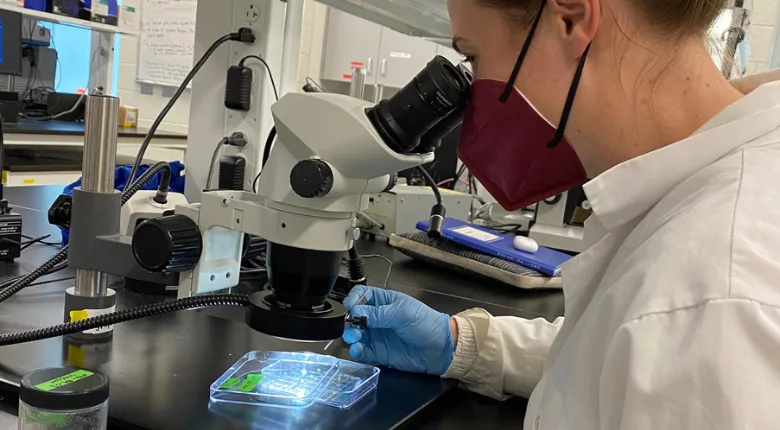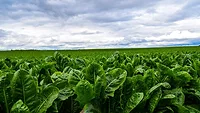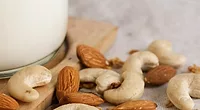Study Finds Little Difference Between Plastic in Seafood, Meat, and Plant-Based Proteins—It’s All Contaminated

Photograph taken by Madeleine Milne, Toronto, Canada, 2022
A new study led by researchers at Ocean Conservancy and the University of Toronto found microplastics particles in 88 percent of protein food samples across 16 types, including seafood, pork, beef, chicken, tofu, and three different plant-based meat alternatives. The study also found no statistical difference in microplastics concentrations between land- and ocean-sourced proteins.
Past research has demonstrated the presence of microplastics in the digestive tracts of commercial fish and shellfish, but there has been little examination of whether these microplastics are entering the filets of fish, or whether plastic particles are present in terrestrial proteins like beef, chicken, or plant-based sources.
Specifically, the study included samples of store-purchased breaded shrimp, minced pollock, fish sticks, white Gulf shrimp (headless/shell-on), Key West pink shrimp (headless/shell-on), Alaska Pollock fillets (skinless), chicken nuggets, top sirloin steaks, pork loin chops, chicken breasts, plant-based nuggets, plant-based fish sticks, plant-based ground beef, and tofu blocks.
The researchers believe that food processing is a likely source of microplastics contamination, as highly processed protein products like fish sticks, chicken nuggets, tofu, and plant-based burgers contained significantly more microplastics per gram than minimally processed products like packaged wild Alaska pollock, raw chicken breast, and other foods. However, no statistical difference was found between high-processed products and fresh-caught products, suggesting that food processing is not the only source of microplastics contamination.
Notably, across all samples, nearly half (44 percent) of the identified microplastics were fibers, which is consistent with other studies suggesting that fibers are the most prevalent form of microplastics in the environment. About a third of the microplastics (30 percent) were plastic fragments.
Using survey data from a related study, the scientists estimate an American adult will consume, on average, 11,500 microplastics per year. Annual exposure could be as high as 3.8 million microplastics per year if calculated using the highest levels of microplastics found in each individual protein type and the average reported protein consumption rates.
Looking for quick answers on food safety topics?
Try Ask FSM, our new smart AI search tool.
Ask FSM →









